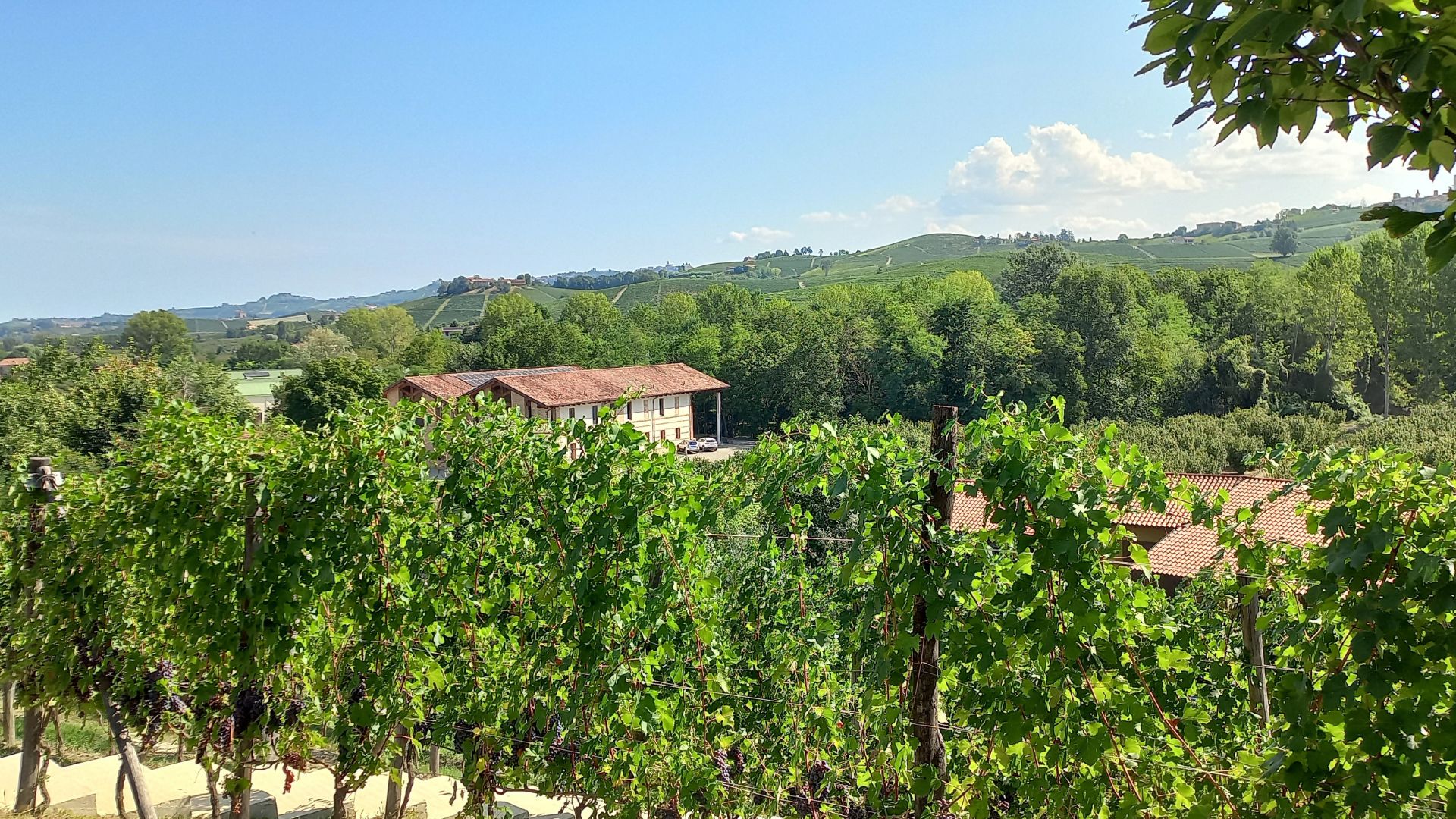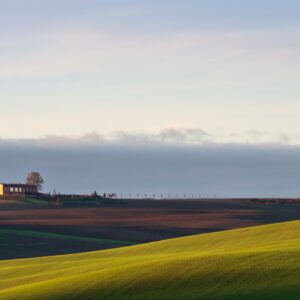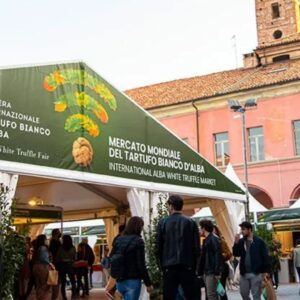Welcome to this article dedicated to two of the most prestigious wines from Piedmont: Barolo and Barbaresco. I’m Daniele, a former manager and founder of Cerea Travels, a blog born from my passion for my native land and the desire to share unique and authentic experiences. In this guide, you will discover the main differences between these two wines, the best vintages, how to taste them properly, their fascinating history, and much more. Whether you are a wine enthusiast or simply curious to learn more about these Italian excellences, you are in the right place.
Differences Between Barolo and Barbaresco
Origins and Production Areas
Barolo: Zones and Characteristics
Barolo comes from the Langhe, a region in Piedmont characterized by gentle, fertile hills. The main towns producing Barolo are Barolo, La Morra, Castiglione Falletto, Serralunga d’Alba, and Monforte d’Alba. The clay-limestone soil and optimal sun exposure make these areas ideal for Nebbiolo cultivation.
Barbaresco: Zones and Characteristics
Barbaresco, on the other hand, comes from a slightly more northern area, also in the Langhe. The main towns are Barbaresco, Neive, and Treiso. Here too, the terrain and climate are particularly favorable for Nebbiolo, but the hills are lower, and the wines tend to be a bit softer than Barolo.
Grapes and Production Methods
Nebbiolo: The Common Grape
Nebbiolo is the grape that unites Barolo and Barbaresco. This noble grape is known for its ability to reflect the terroir characteristics, producing complex and structured wines.
Grapes and Production Methods
Nebbiolo: The Common Grape
Nebbiolo is the grape that unites Barolo and Barbaresco. This noble grape is known for its ability to reflect the terroir characteristics, producing complex and structured wines.
Differences in Winemaking Processes
Barolo winemaking requires a minimum aging of three years, with at least two years in wooden barrels. Barbaresco, however, requires a minimum aging of two years, with at least one year in wood. These differences in aging times contribute to the distinct organoleptic characteristics of the two wines.
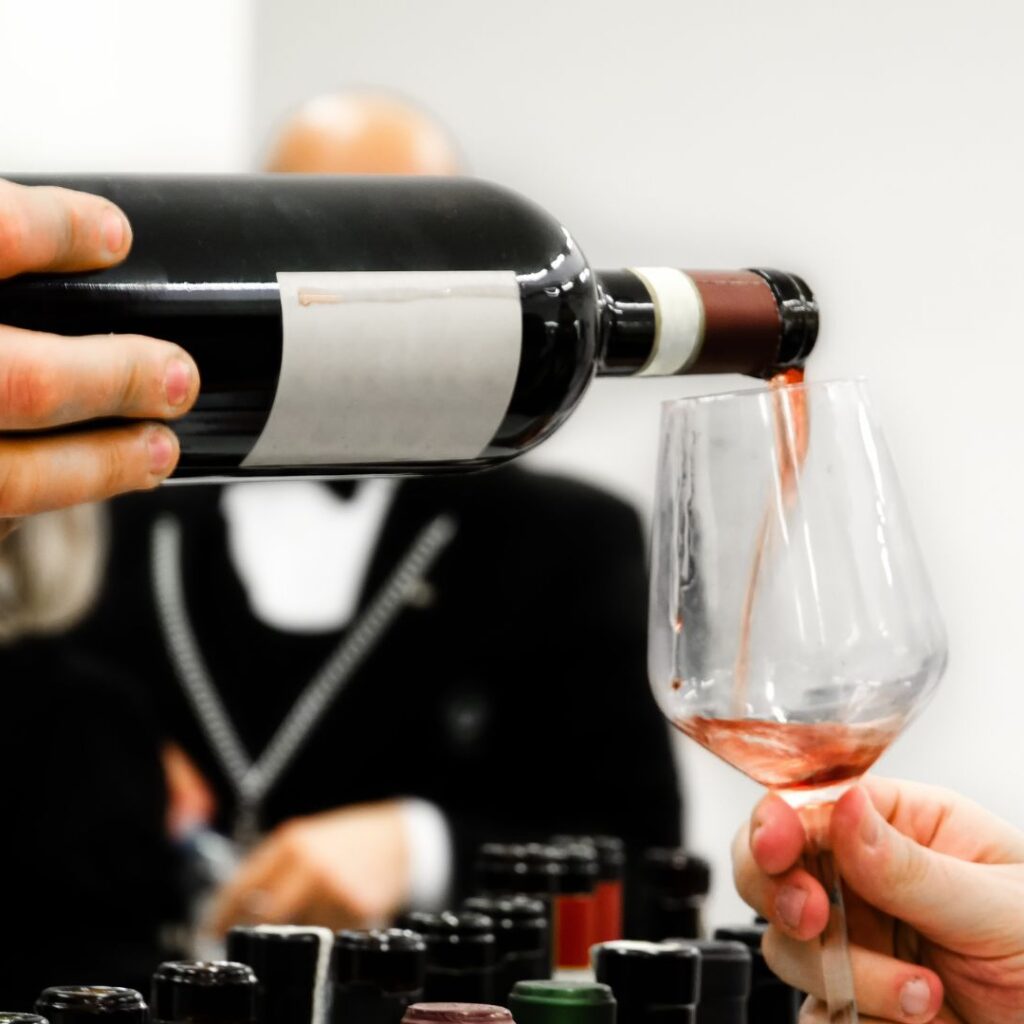
Best Vintages of Barolo and Barbaresco
Historic Vintages
Barolo: Reference Vintages
Some of the best Barolo vintages include 2010, 2013, and 2016. These vintages were characterized by ideal climatic conditions that produced exceptional quality grapes.
Barbaresco: Reference Vintages
For Barbaresco, the 2014, 2015, and 2017 vintages are particularly renowned. The combination of sun and rain allowed the grapes to mature perfectly, creating balanced and aromatic wines.
How to Recognize a Good Vintage
Climatic Factors and Harvest Quality
Recognizing a good vintage involves considering various climatic factors such as temperatures, precipitation, and harvest timing. The best vintages are those where the climate allowed for optimal grape maturation without excessive heat or rain.
Production Areas of Barolo and Barbaresco
Langhe: The Heart of Nebbiolo
The Langhe, with its fertile soil and ideal climate, represents the heart of Nebbiolo production. The gentle hills and sun exposure create the perfect conditions for growing high-quality grapes.
Differences Between Subzones
Geographic Specificities
Each subzone of the Langhe has its own geographical peculiarities that influence the wine’s characteristics. For example, the areas of Serralunga and Monforte produce more tannic and structured Barolo, while La Morra and Barolo tend to produce softer and more aromatic wines.
Organoleptic Characteristics of Barolo and Barbaresco
Aromas and Scents
Typical Notes of Barolo
Barolo is known for its complex aromas that include notes of cherry, plum, rose, and spices. With aging, scents of tobacco, leather, and truffle emerge.
Typical Notes of Barbaresco
Barbaresco presents aromas of red fruits, violet, and sweet spices. Over time, tertiary notes of tobacco, licorice, and leather develop.
Structure and Longevity
How the Wine Changes with Aging
Barolo is famous for its tannic structure and longevity, capable of aging for decades. Barbaresco, while less tannic, also has a remarkable aging capacity, developing complexity and depth over time.
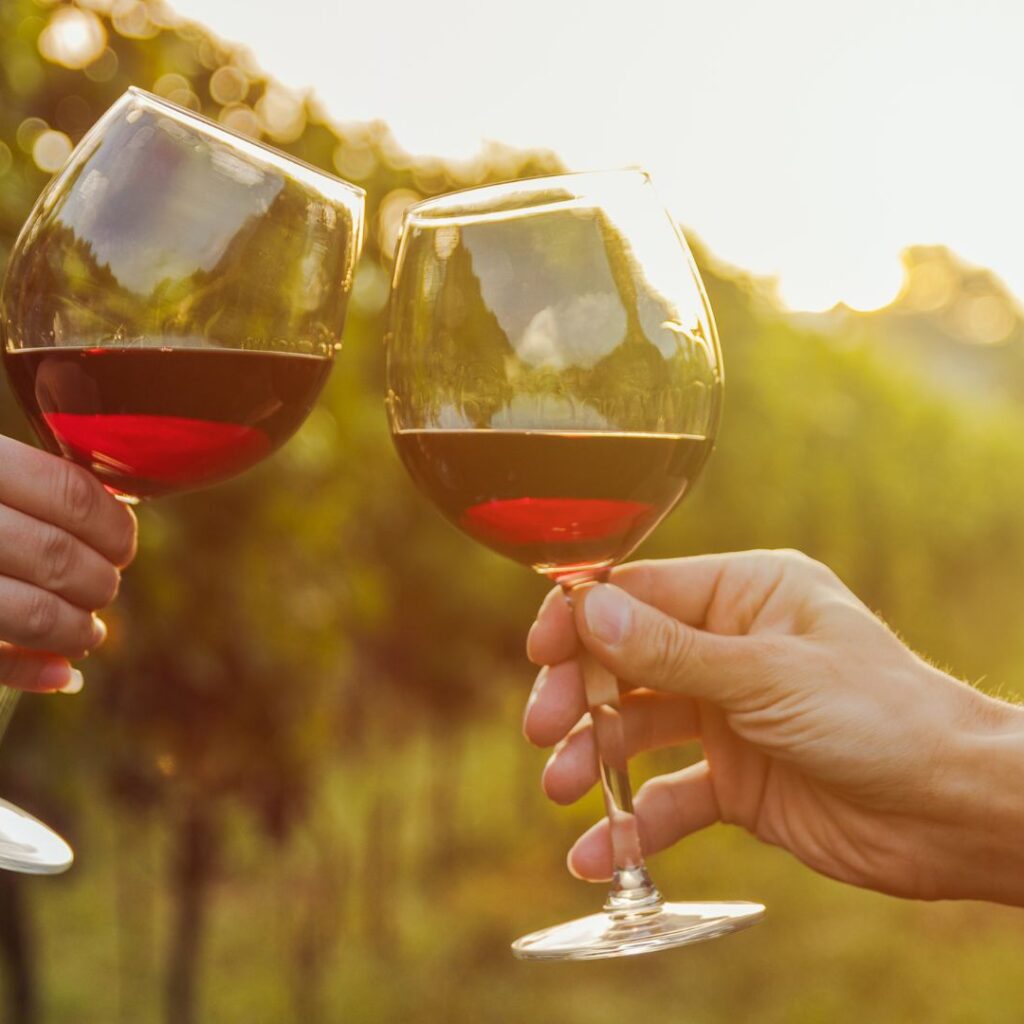
How to Taste Barolo and Barbaresco
Tasting Techniques
Fundamental Steps for Proper Tasting
Tasting Barolo and Barbaresco requires attention and precision. Start by observing the color, which should be a beautiful garnet red. Smell the wine to perceive the various aromas, then taste it, focusing on the flavor sensations and the wine’s structure.
Necessary Tools
Glasses, Serving Temperature, and Decanter
Use wide glasses to allow the wine to oxygenate properly. Serve Barolo and Barbaresco at a temperature of around 18°C (64°F) and decant the wine at least an hour before tasting to enhance its aromas.
History of Barolo and Barbaresco
Ancient Origins
The Birth of Barolo and Barbaresco
The history of Barolo and Barbaresco dates back to antiquity when the Romans introduced viticulture to Piedmont. Over the centuries, these wines have become symbols of quality and tradition.
Evolution Over Time
How These Wines Became Famous
During the 19th century, thanks to the efforts of visionary producers like Camillo Benso Count of Cavour and Giulia Colbert Falletti, the wines from the Langhe gained international fame, establishing themselves as oenological excellences.
Famous Producers of Barolo and Barbaresco
Historic Wineries
Prominent Barolo Producers
Among the most famous Barolo producers are names like Gaja, Giacomo Conterno, and Bartolo Mascarello. These historic wineries are renowned for the quality of their wines and their dedication to tradition.
Prominent Barbaresco Producers
For Barbaresco, some of the most notable producers include Bruno Giacosa, Angelo Gaja, and Pio Cesare. These wineries have helped elevate Barbaresco to international acclaim.
Emerging Realities
Up-and-Coming Wineries to Watch
Besides the historic wineries, there are new emerging realities producing high-quality Barolo and Barbaresco. Keep an eye on producers like Vietti and La Spinetta, who are gaining increasing recognition.
Food Pairings with Barolo and Barbaresco
Foods that Enhance Barolo
Barolo pairs perfectly with robust and flavorful dishes such as braised meats, stews, and aged cheeses.
Foods that Enhance Barbaresco
Barbaresco, being softer than Barolo, goes well with game dishes, roasts, and porcini mushrooms.
Creative Pairing Suggestions
Try pairing Barolo with dishes featuring white truffle from Alba or Barbaresco with a mushroom risotto for an innovative and refined gastronomic experience.
Prices and Purchase of Barolo and Barbaresco
Barolo and Barbaresco are prestigious wines, and their prices can vary significantly. Generally, quality bottles can be found starting at 30-40 euros, but the most renowned labels can easily exceed 200 euros.
Conclusion
Barolo and Barbaresco are wines that embody the excellence and winemaking tradition of Piedmont. Knowing their differences, tasting them correctly, and visiting their places of origin enriches the experience for any enthusiast. Experiment and enjoy each glass of these precious nectars, and let them tell you their unique and fascinating story.
other articles:
Ready to Depart?
Discover Piedmont and the Aosta Valley with Cerea Travels. We create tailor-made travels just for you.
Fill out the form below to receive a personalized itinerary and start your adventure.

